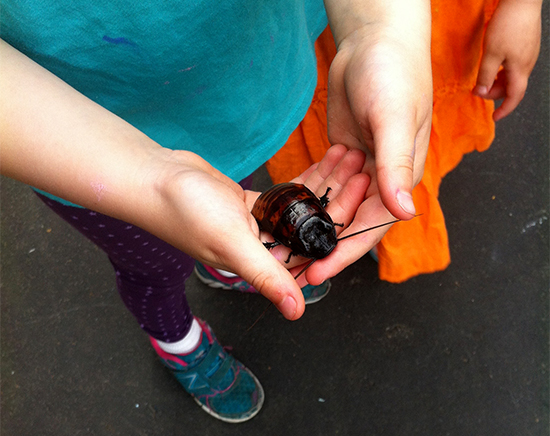
by Fauna | May 20, 2015 | Blog, Children's Program
On Saturday, May 16, 2015, Fauna participated in P.S. 9’s annual Spring Fair! Educators and civil servants from all around Manhattan (EMS workers, science educators, police and FDNY, etc) gathered in the P.S. 9 school yard to help celebrate wellness, science and ecology, gardening, and technology. The P.S. 9 Spring Fair helps introduce kids to science through hands on learning, experimentation, and games. Fauna’s booth welcomed the students from P.S. 9 and their parents to learn about and interact with some of the animals from the shop. Utilizing our kid-friendliest animals, Fauna displayed several insects, reptiles, and small mammals to teach kids about proper pet care, the ecology of the animals on display, as well as giving the community a chance to interact with and see how friendly some of our animal friends can be. Who was the most popular, of all the animals on display? Fester, our Madagascar Hissing Roach! Kids of all ages were fascinated by his immense size and gentle, patient nature, and even allowed toddlers to pet him. Several children got the opportunity to pet and hold him, and learn the important role these insects play in their native forest habitats. To learn more about Fauna NYC, visit our website! Sign up for our eNewsletter for new animal arrivals, product discounts, and upcoming...

by Fauna | Dec 21, 2013 | Aviary, Blog, Gifts, Products
Looking for a last minute STOCKING STUFFER for your fishy friends? Check out Envvy’s Clownfish iPhone 5 case currently available here at Fauna. You can purchase reusable stainless steel chopsticks at Fauna for $15, and help save salamanders! CHOPSTICKS FOR SALAMANDERS aims to increase awareness about deforestation for the production of disposable chopsticks and educate about salamanders, and their diversity within the United States, while raising money to support salamander conservation, education, and research. Learn more at our blog post. Lots of great stocking stuffer bird toys for your pet or your birdie friend – all under $10! Nutri-berries are a ball. They come in a variety of flavors from hot peppers and fruits to garden veggies. Best of all is that they are nutritious and an easy way to sneak some pelleted food into our picky feathered friends. Avi-cakes are a nutritional treat enjoyed by pet birds of all sizes. There is a tropical fruit variety and the regular pellet blend. A great way to get fruits and pellets into those picky eaters! Here at Fauna one of the most common reptilian issues brought to our attention during these cold winter months is low humidity. Some of the signs that can be seen include decreased appetite, firm stool or constipation, inactivity, poor shedding, and may possibly include respiratory problems. Many people are unaware of how humidity actually affects their animals, especially when dealing with desert dwelling species that we associate with very dry habitats. There are many things you can do to help increase the humidity for your reptile...
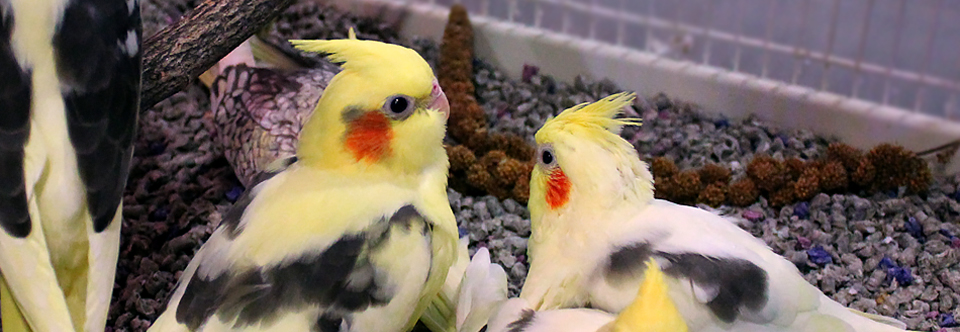
by Fauna | Dec 20, 2013 | Aviary, Blog
Cockatiels make the perfect pet bird for the family. Our hand fed babies are well adjusted and socialized, not to mention gorgeous! They are very accepting of multiple family members and bond with children easily. When people ask us what species we most often recommend to families with smaller children, our answer is always the cockatiel. Most all of our baby cockatiels learn to mimic sounds, whistles and some even speech! Stop by and visit one of these beauties before they are all gone. . To learn more about Fauna NYC, visit our website! Sign up for our eNewsletter for new animal arrivals, product discounts, and upcoming...
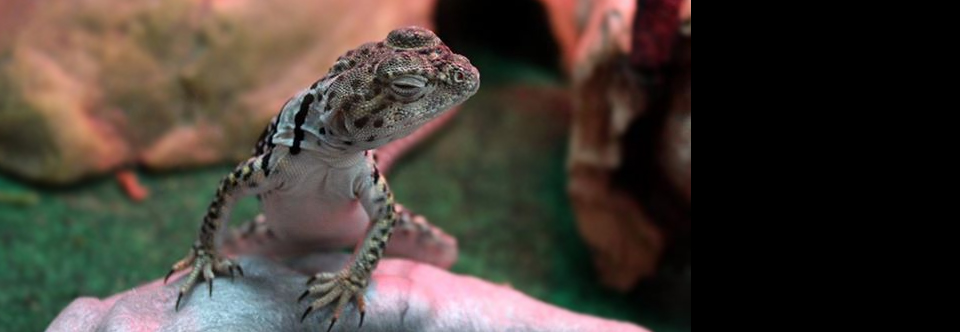
by Fauna | Nov 6, 2013 | Blog, Products, Reptiles
Here at Fauna one of the most common reptilian issues brought to our attention during these cold winter months is low humidity. Some of the signs that can be seen include decreased appetite, firm stool or constipation, inactivity, poor shedding, and may possibly include respiratory problems. Many people are unaware of how humidity actually affects their animals, especially when dealing with desert dwelling species that we associate with very dry habitats. When we look at humidity it is important to understand that generally during warm weather the humidity is higher than during the cold. According to the Mayo Clinic, the average relative humidity for someone’s home should be maintained between 30-50%. Humidity greater than 50% can cause mold, mildew and bacterial growth resulting in other health problems such as increased allergy issues. Once the humidity level drops below 30% we start to lose hydration from our bodies. This equally happens to our pets! Low humidity can cause irritation of the mucous membranes, dry itchy skin, dehydration and actually increases the risk of catching the common cold, which thrives in dry conditions. Simply breathing releases a lot of the body’s fluids. Under optimal conditions this does not result in a major loss as moist air enters our lungs. However when the humidity is below ideal conditions it can result in dehydration. We happen to manage our own hydration level by drinking more fluids or increasing the wet foods we consume without much thought, such as soups. Since most reptiles do not tend to increase the amount of fluids they are drinking during these times to maintain...
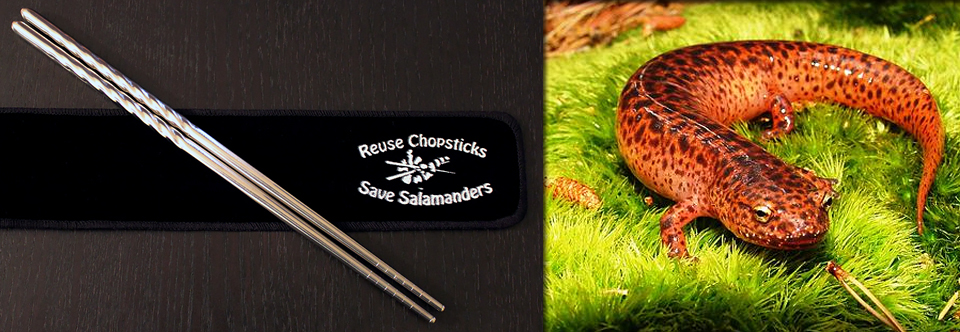
by Fauna | Nov 2, 2013 | Blog, Conservation, Products
Chopsticks for Salamanders aims to increase awareness about deforestation for the production of disposable chopsticks and educate about salamanders, and their diversity within the United States, while raising money to support salamander conservation, education, and research. The Salamander Fund Reusable Stainless Steel Chopsticks – $15 Although the primary mission of ChopsticksforSalamanders.org is the dissemination of information about the ongoing deforestation for the production of chopsticks, this project also strives to provide an alternative to disposable chopsticks. All proceeds will be used to continue this conservation effort and the remainder will be offered through a grant process for salamander conservation, education and/or research. The hope for this money is to support continued efforts to protect and preserve this continent’s salamander diversity. Purchase your reusable stainless steel chopsticks at Fauna for $15, and help save salamanders! WHY REUSE CHOPSTICKS? 3.8 million trees are felled each year to supply timber for the disposable chopsticks industry. The deforestation for the production of disposable chopsticks is an international problem and comes with the loss of critical animal habitat. Disposable chopsticks cost approximately two cents a pair for restaurants and reusable chopsticks cost around $1.17 a pair. However, reusable chopsticks have a life span of about 130 meals, making them cheaper in comparison. In 2006 to combat the massive deforestation in China the “Bring Your Own Chopsticks” movement (BYOC) was developed, helping raise public awareness and eventually galvanizing legislative action. Disposable chopsticks are an unnecessary commodity that, much like plastic bags, have an environmental friendly counterpart. WHY SAVE SALAMANDERS? Salamanders are the most abundant vertebrate in many...
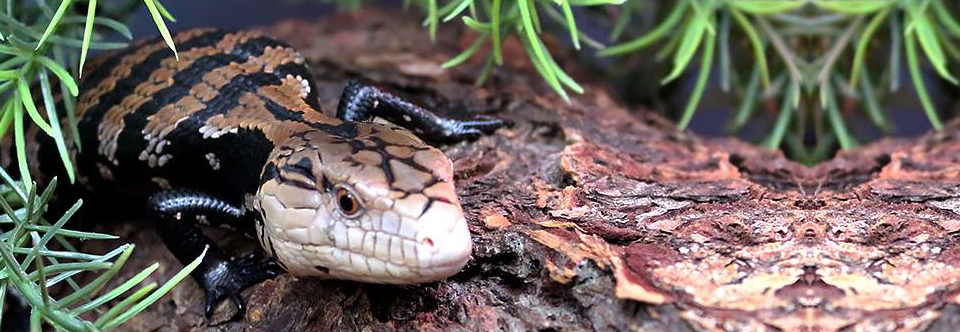
by Fauna | Oct 11, 2013 | Blog, Herpetology Club
Fauna’s Herpetology Club gathered, once again, for its second meeting of the school year. After reviewing a few things from last month’s lesson on the difference between reptiles and amphibians, we moved on to a brand new topic; the four living orders of reptiles. We learned that scientists classify reptiles according to the structure of their skulls, comparing special openings known as temporal openings. We are also able to differentiate between the various orders by way of their physical traits. Once we got a good handle on the four orders of reptiles, we moved on to the differences between reptiles and snakes, the two members of the Order Squamata. While there are differences between snakes and lizards, both are distinguished from the other orders of reptiles by way of specialized jawbones. The quadrate bones, as they are known, are very mobile allowing the upper jaw to move independently of the skull. This gives squamates the ability to ingest larger prey. However, the two are fairly distinct. Amongst the many differences, snakes lack the limbs, traditional eyelids, and ear holes that lizards possess. We utilized our resident Desert King Snake and Blue-tongued Skink to observe these differences, as well as learn proper techniques for handling a constricting snake and a large, elongate lizard. Written by Jose Rodriguez, Fauna’s Eco-Education Coordinator. Jose runs various programming aimed at different age levels. . To learn more about Fauna NYC, visit our website! Sign up for our eNewsletter for new animal arrivals, product discounts, and upcoming...







